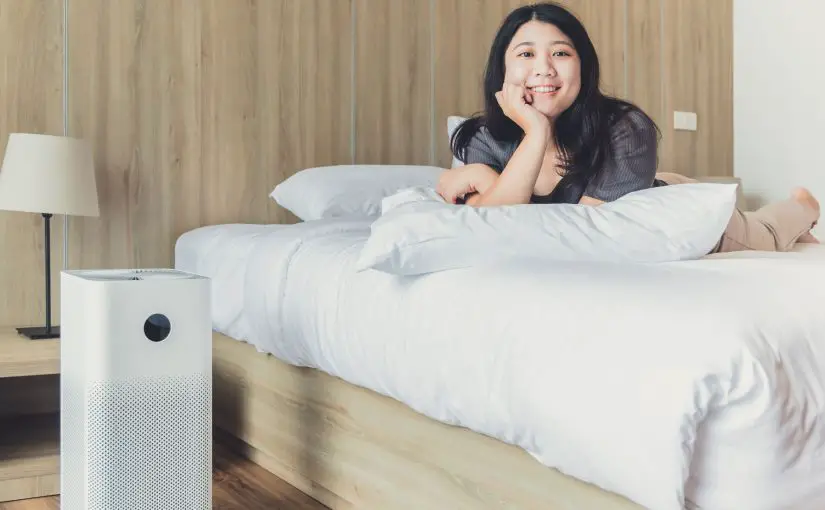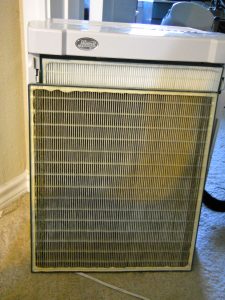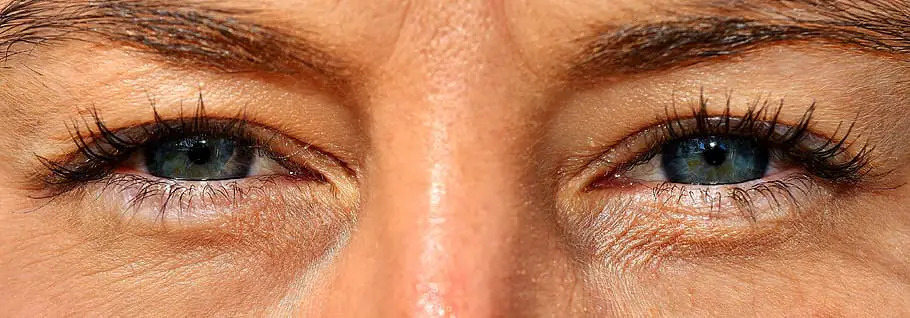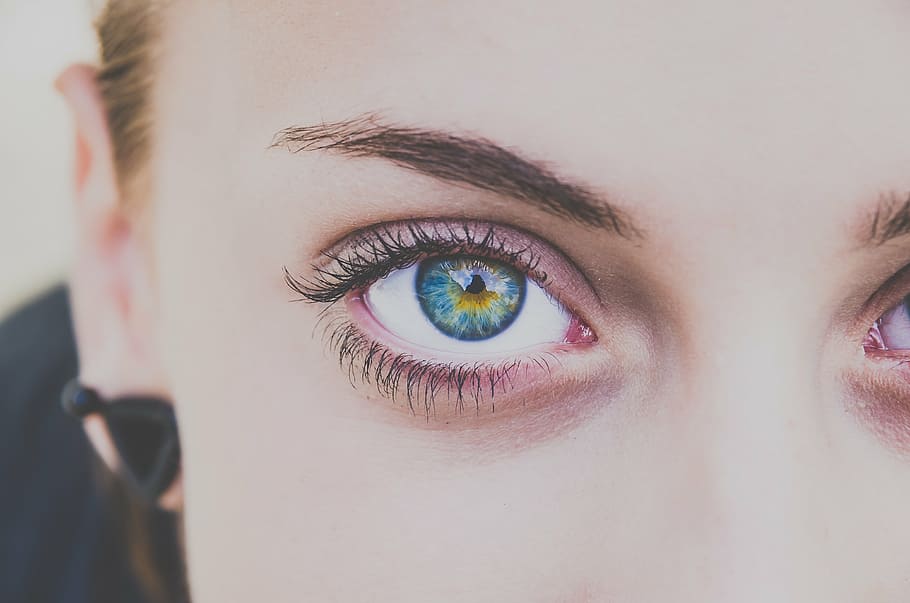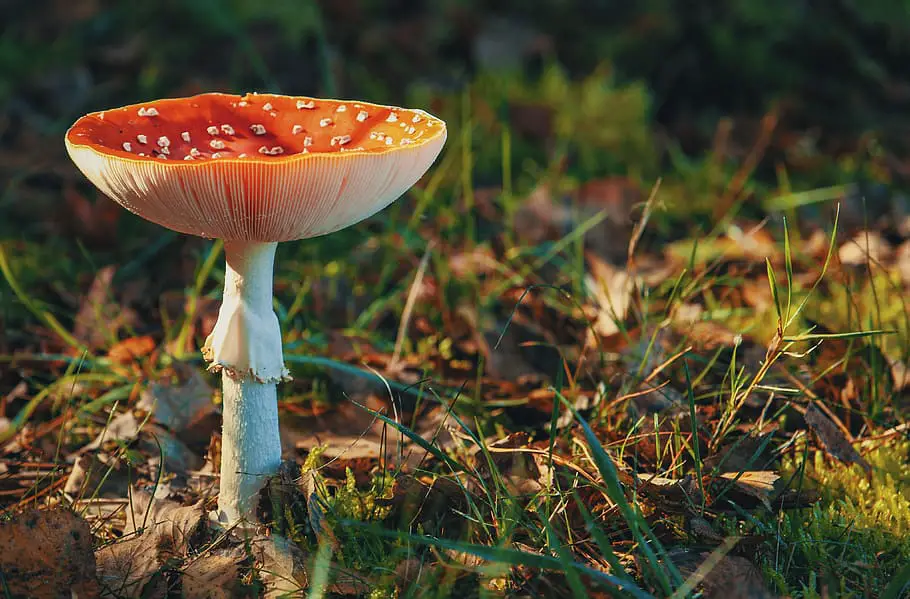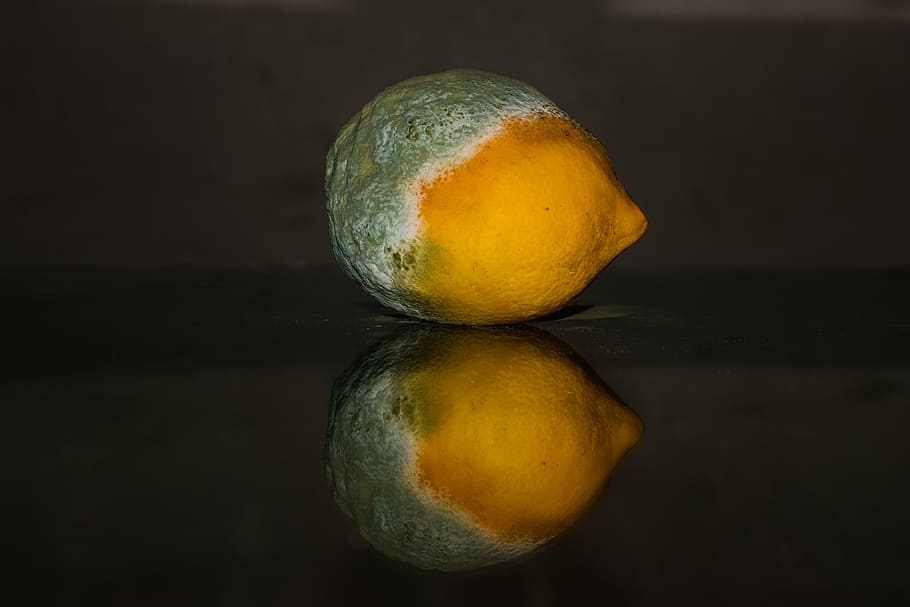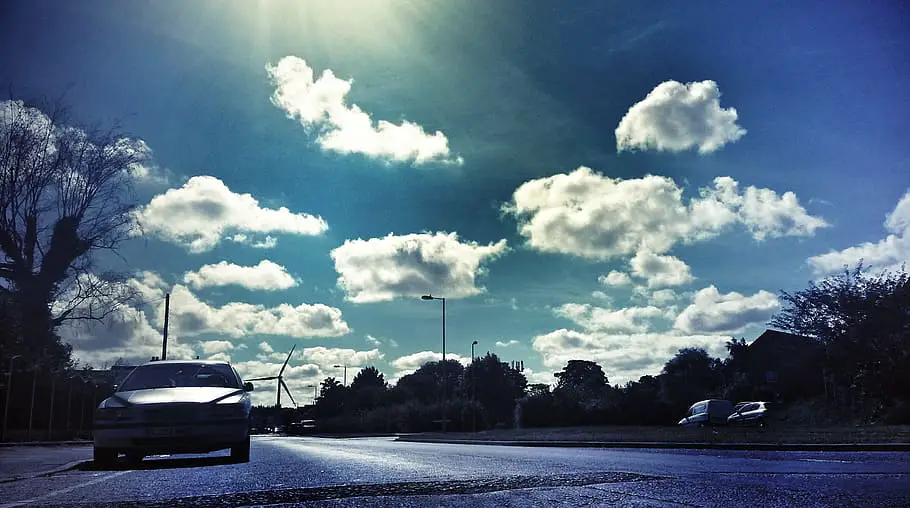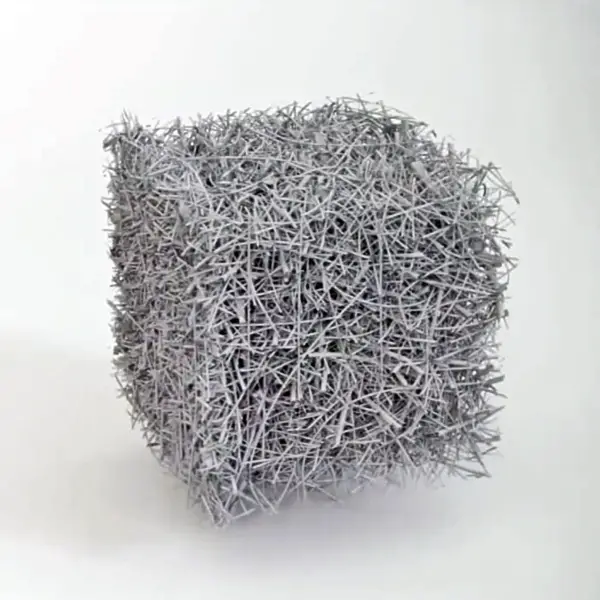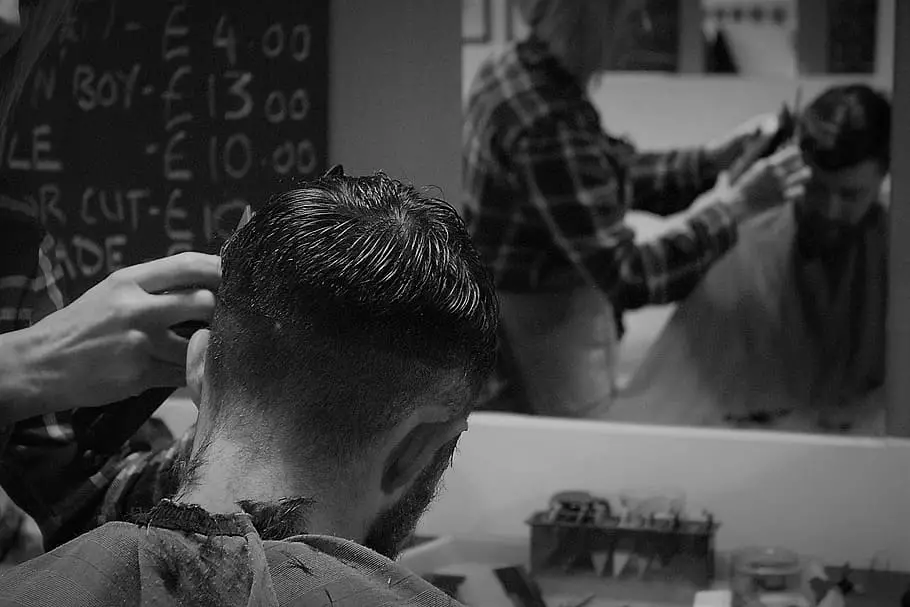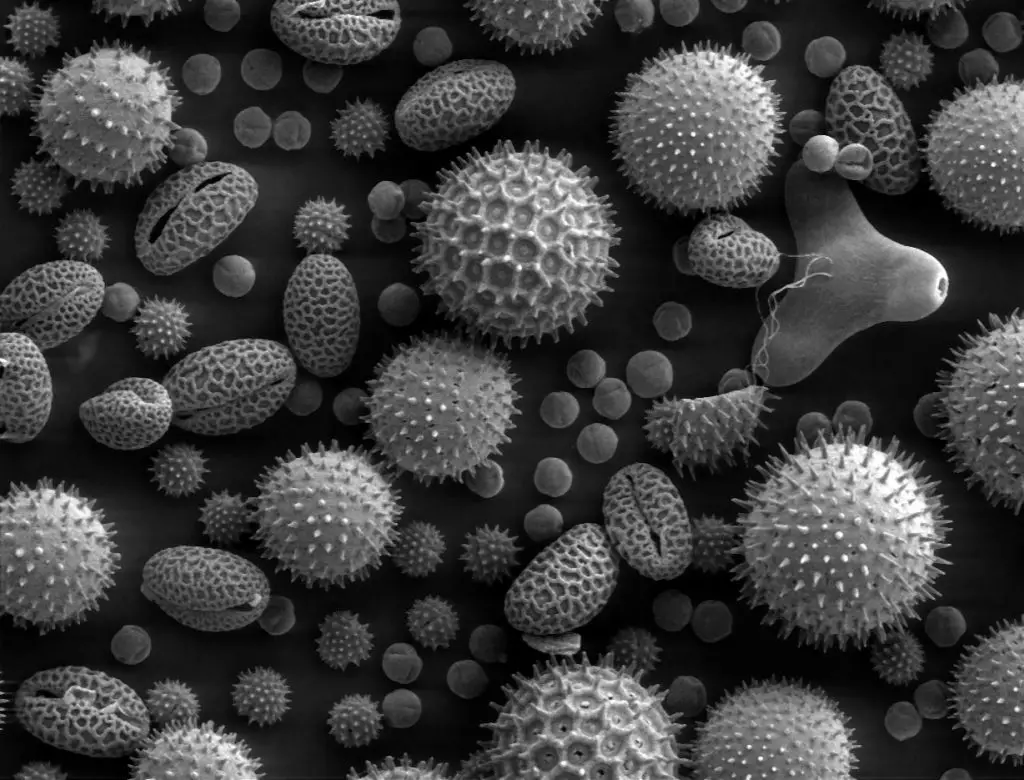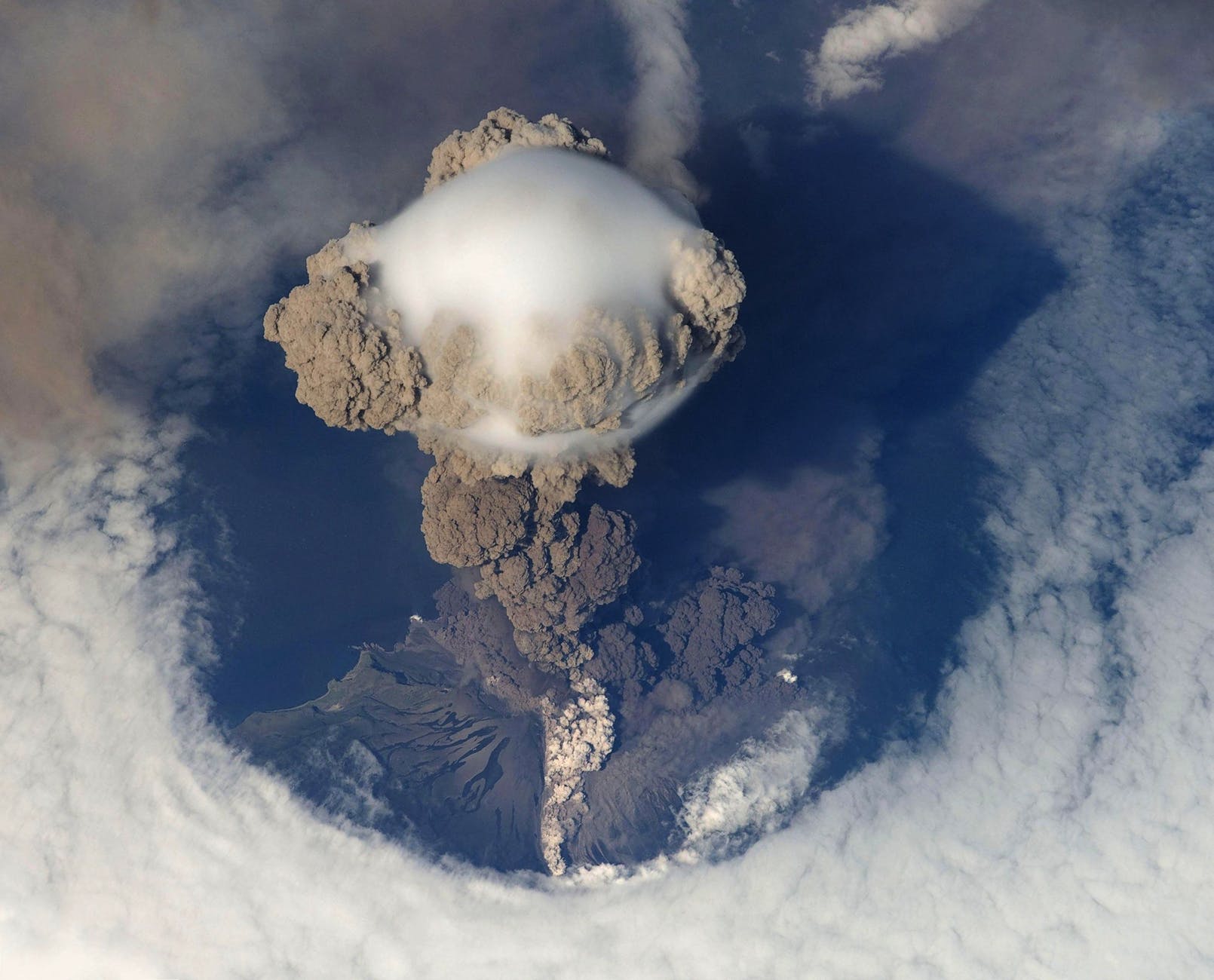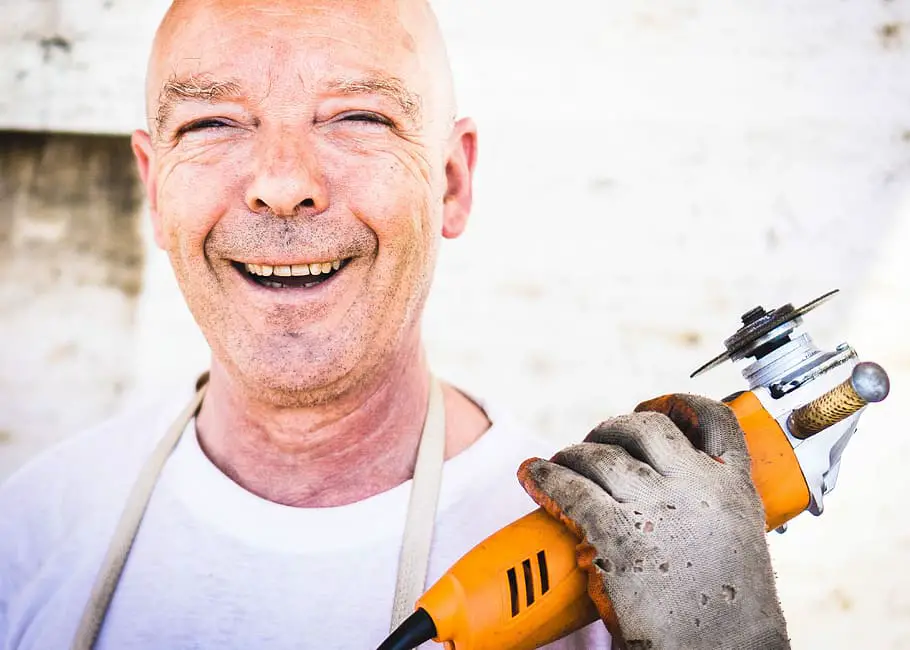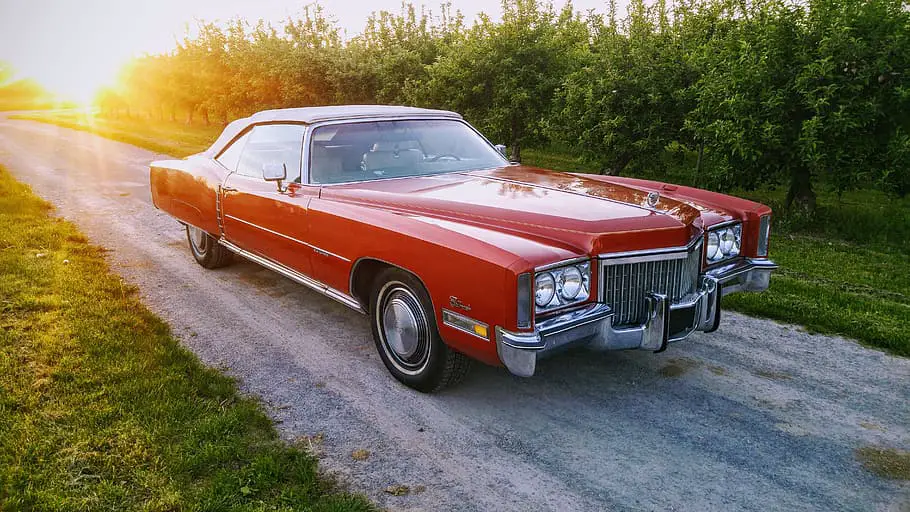Having a dry throat is not fun. Especially when you’re sleeping good and you have to wake up because of that hacking feeling. Or you’re dying of thirst.
There are many reasons you can experience a dry throat and most have one thing in common, the air is dry.
There are many machines in the house that all related to the quality of the air and affect the air in some way. Air conditioners and heaters, humidifiers and dehumidifiers, and diffusers.
Air purifiers are another one of them, so how can you know if it’s the air purifier that is at the source of your dryness?
Do air purifiers cause dry throat?
No. A dry throat is normally symptomatic of the air being dry which has nothing to do with an air purifier. Air Purifiers Clean the the Air Only. They do nothing to add or take way moisture.
There is fundamentally only two types of air purifiers, one being a mechanical reverse fan style, and the other being a ionic.
The mechanical air purifier is basically a fan that pulls air through a filter or a series of filters to capture pollutants such as pollen and pet dander as well as dust mites and hair.
There is not one single component that can in anyway pull moisture out of the air.
2. Ionic air cleaners
Ionic air purifiers basically polarize dust and other airborne contaminants so that they become too heavy to float in fall out of your breathing air.
Again nothing to do with adding or taking away moisture from the air.
The air conditioning and heating is more likely the culprit causing your air to dry out. Humidifiers and dehumidifiers are machines brought in to combat poor indoor humidity levels.
A humidifier is to add humidity, and a dehumidifier is to reduce the humidity.
Air purifiers are for cleaning the air it have nothing to do with adding or taking humidity out of the air.
 Air purifier sore throat?
Air purifier sore throat?
Having a sore throat is symptomatic of a cold or flu. An air purifier is a device that removes allergens and dust from the air. It does not have any function that could cause a sore throat.
Virus and Voc air purifiers can help reduce the capacity for germs and bacteria to move inside your home.
Do air purifiers make your eyes dry?
No. Although dry eyes can be a symptom of air blowing into your eyes, air purifiers draw air to a filter and not directly towards anyone in general.
But..
Placement of the air purifier.
The purpose of an air purifier is to eliminate harmful airborne contaminants from your air.
Many of these contaminants are known allergens such as dust mites, mold spores, pet dander, and pollen.
And these allergens have many symptoms that come along with breathing them. Sneezing, dry or watery eyes, dry and sore throat, headaches, etc.
If you have a HEPA air purifier for instance, the function of the air purifier is to pull the contaminants from the air into the HEPA filter inside of the air purifier.
 So..
So..
if you are putting the air purifier next to your bed or your easy chair or anywhere that the air is being pulled toward you as well as the air purifier,
It should come as no surprise that the air directly around the air purifier would be extra polluted,
And you would be breathing and experiencing some symptoms related to that bad air because of where you are in relation to where the air purifier is.
Why is my air purifier making me sneeze?
Again..
Air purifier placement
If you are located near your air purifier, then the air purifier is drawing allergens to award you as well as itself.
it only makes sense that the air around the air purifier will be extra Dusty and have a higher level of allergen contamination.
Dust mites and pollen are known to aggravate your sinuses and cause allergic reactions such as sneezing,
if the air purifier is doing its job, and you are sitting next to the air purifier, then you are pulling those sneezing inducing allergens to toward yourself.
Can air purifiers cause headaches?
No. Air purifiers are machines that remove much of the allergens in the air that cause headaches.
But the air purifier itself does not have any component in it that would cause a headache.
But there is a couple of exceptions
a. Where are you sitting in relation to the air purifier?
Remember that air purifiers draw airborne contaminants into a filter.
if you were sitting too close to the air purifier, then the air around you is probably extra contaminated with headache causing allergens.
b. Ozone.
If you have a air purifier that creates ozone as part of its air purification process,
ozone has somewhat of a bleach smell to it, and just like breathing and smelling bleach would give you a headache, ozone can do the same.
Does an air purifier make you light-headed or dizzy?
No, air purifiers are made to reduce the allergens thay can be associated with lightheadedness and dizziness.
 Summary
Summary
Air purifiers are made for the good of mankind.
Their function is to reduce indoor air pollution and remove the contaminants from your air that cause you to have different symptoms including dry eyes and throat, sore throat and dizziness.
But there is a couple of things that may cause you to have an adverse reaction to an air purifier.
1. You’re sitting too close to it.
Air purifiers or continually drawing bad unhealthy air to their selves. If you are sitting or sleeping next to your air purifier then it makes sense that you are drawing that bad air to yourself as well.
2. Your air purifier creates ozone.
Ozone can have a pungent bleach smell that can give you a headache if you’re around it too long. Also breathing ozone is also known to be a lung irritant and could cause a congestion type symptom.
If you feel like your air purifier could be the cause of your problem, the simple thing to do is turn it off for a while or a day or two and see if symptoms stop.
Most of the complaints about air purifiers making people sick do not have to do with air purification at all but rather dry air in the home or office.
Though an air purifier is a good ideal anytime over the year because breathing clean air is as essential as drinking clean water and eating nutritious foods,
If your air is too dry, many of the symptoms related to dry air are not something an air purifier can fix.
Dry throat, dry eyes…
It may be time to invest or pull out your humidifier.



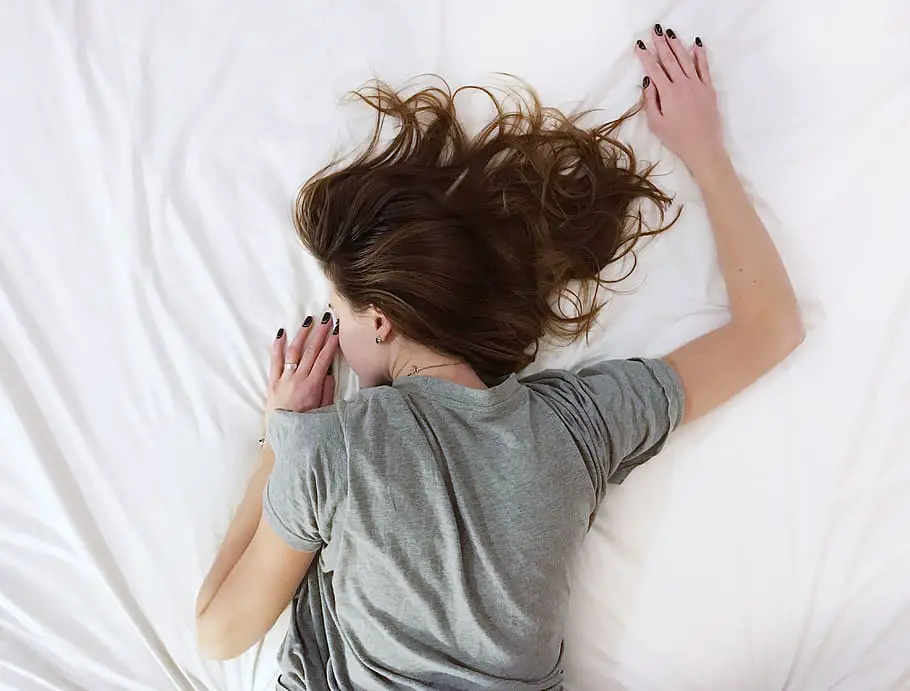 Loud air purifier for sleeping.
Loud air purifier for sleeping. Summary
Summary
 But fortunately activated carbon is readily available and does not cost a mint.
But fortunately activated carbon is readily available and does not cost a mint.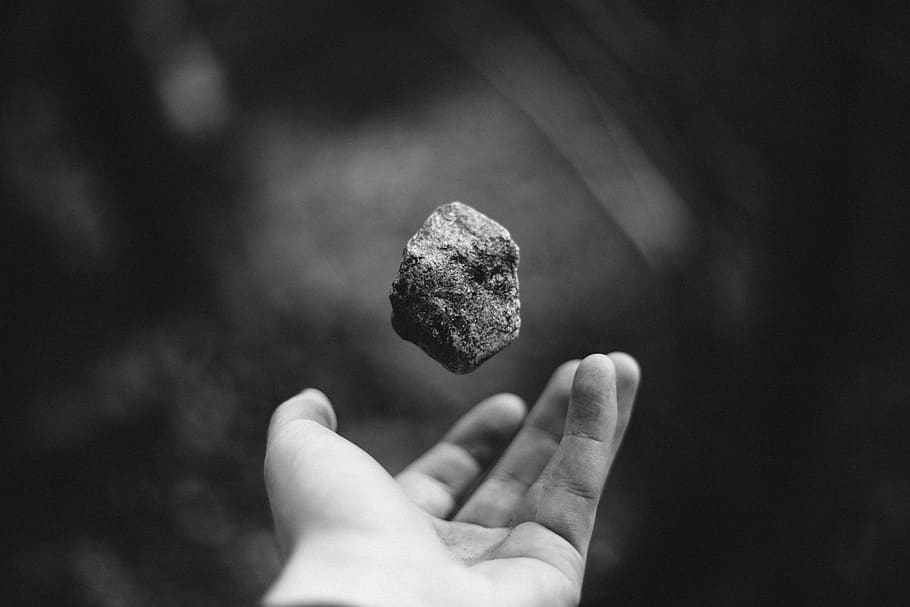 2. Humidifier sediment
2. Humidifier sediment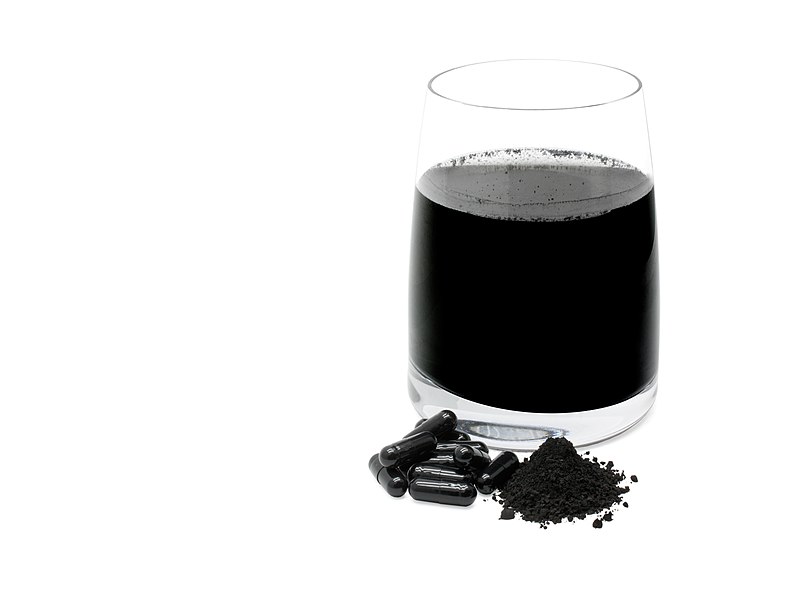 3. The quality of your carbon filter.
3. The quality of your carbon filter. Summary
Summary
 4 types of air purifiers that get rid of odors
4 types of air purifiers that get rid of odors 2. Photocatalytic oxidation
2. Photocatalytic oxidation
 4. Plasma air purifier
4. Plasma air purifier